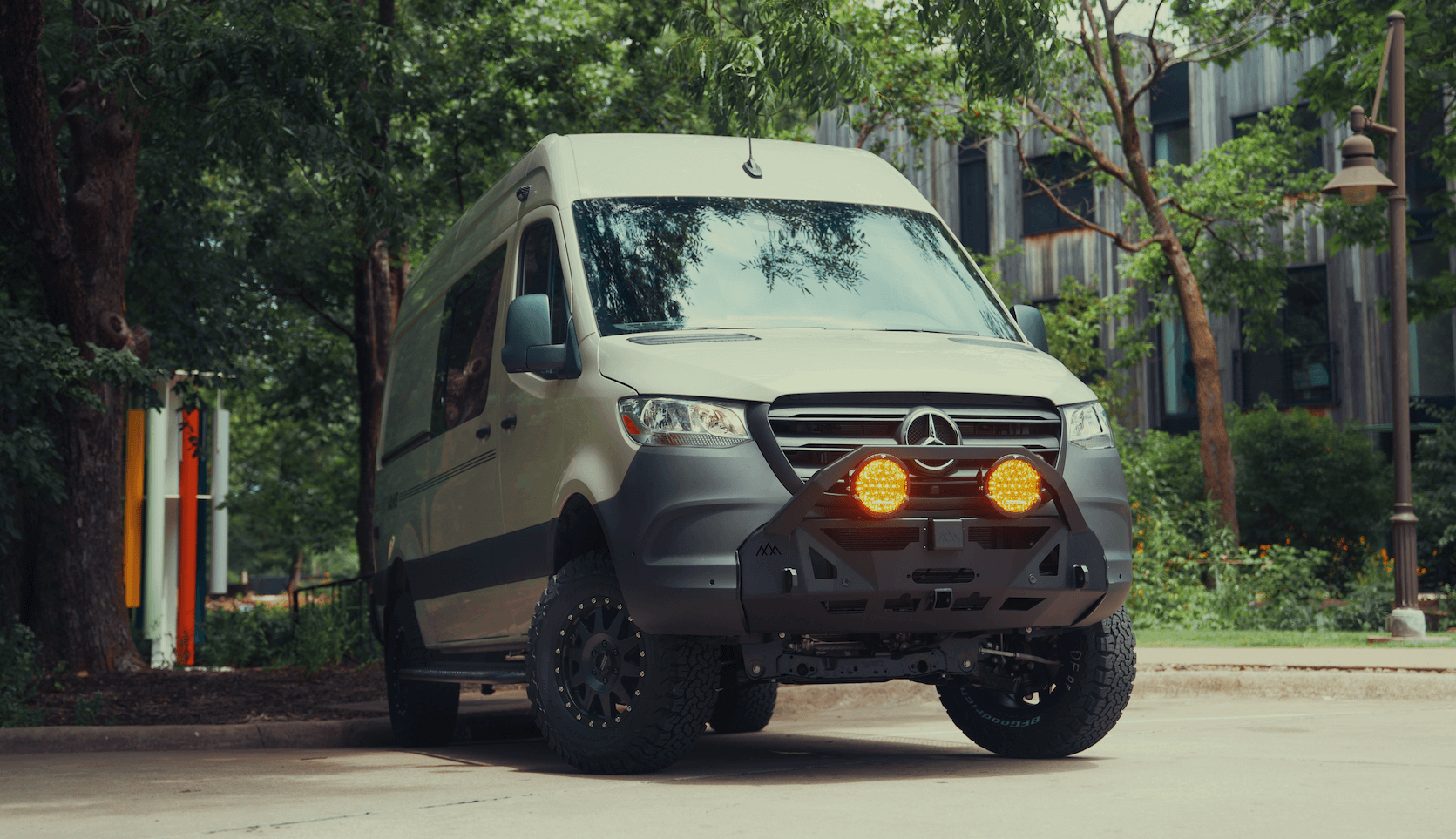Recreational Vans

Off grid cooling comes down to energy in versus energy out. A compact air conditioner removes heat measured in BTU per hour while consuming electrical power measured in watts. Typical small rooftop units draw 700 to 1800 watts while variable speed DC or inverter driven units can sip 300 to 900 watts at partial load. The less heat your cabin gains from sun, glass, and occupants, the less power you need to hold a steady temperature.
Batteries act like a fuel tank. A 400 amp hour lithium bank at 12 volts stores about 5 kilowatt hours usable when you respect depth of discharge. If your AC averages 600 watts over time, that bank provides roughly eight hours of runtime before you hit your reserve. Add solar and alternator charging and the picture changes, but the physics do not. Cooling sustainably means trimming the load, choosing efficient equipment, and managing duty cycles.
Ventilation matters too. Move hot air out before you start cooling so the compressor is not fighting a preheated cabin. Nighttime precooling, reflective shades, and parking in shade can drop the initial load dramatically and extend battery life.
Start with climate and duty cycle. If you plan to cool a well insulated high roof van from 95 to 75 in the sun, assume an average draw of 500 to 800 watts for a right sized, efficient unit. For eight hours of runtime target 4 to 6 kilowatt hours usable. That might be a 500 amp hour lithium bank at 12 volts or half that at 24 volts. Add 400 watts of solar for midday assistance and plan on alternator charging while moving. The target is not continuous twenty four hour cooling. The target is comfortable sleep and tolerable afternoons without draining the bank.
Variable speed compressors and soft start electronics cut surge current and let the system modulate instead of cycling hard. A well sealed duct path reduces recirculation of hot roof air. Low fan wattage and smart thermostats that float temperature at night save energy without sacrificing comfort.
Every watt you do not spend on heat gain is a watt you can use for runtime. Focus on these areas:
Cold air should reach the sleeping area without blowing directly on faces. Supply vents that throw air across the ceiling help mix temperatures, and return air paths should not be blocked by cabinets. Keep filters clean. A clogged filter can add dozens of watts to fan load and reduce cooling performance.
Design for safe starting currents, correct wire gauges, and protected battery enclosures. Confirm ventilation for inverters and chargers. Quieter AC units make small spaces more livable. Look at decibel ratings at low fan settings and real world owner reports rather than marketing specs alone.
Use your AC when it buys you the most comfort per watt. Precool while the sun is up and solar is producing. Coast through the evening on a lower setpoint. If you plan to drive midday, let alternator charging shoulder more of the load. On layover days, combine passive shade with targeted AC use for the hottest hours.
A battery monitor is your friend. Track state of charge and average watts over time so you know what your system can do in that climate. If a heat wave rolls in, adjust plans and use shore or generator power to protect batteries.
A capable off grid cooling setup is an orchestration of parts that must work together under heat and vibration. If you want expert help turning these principles into a quiet, efficient cabin, our team engineers complete solutions that fit your travel style and climate targets. We build in Fayetteville Arkansas and hand off every rig with a clear walkthrough at our lounge and outfitter space.
Explore our Recreational vans to see how full builds integrate power, insulation, and cooling as a system. If you are mapping a fresh platform, our Custom van build process tailors battery size, solar, alternator charging, and AC to your routes and seasons. Looking for a finance friendly starting point, our Mainstream vans options provide a solid base to upfit with efficient HVAC.
Ready to enjoy quiet sleep and steady temps without hunting for plugs. Share your trip profile and we will design, install, and test a complete off grid cooling system that just works.
Ready for dependable off grid cooling without guesswork. Our team designs and builds complete systems that balance insulation, battery capacity, solar, alternator charging, and high efficiency AC. Tell us how you travel and we will engineer the right solution, then install it cleanly and test it under real loads. Start with a quick consult and leave with a rig that stays cool when it matters.
ADDRESS:
6159 E Huntsville Rd, Fayetteville, AR 72701
PHONE:
(479) 326-9200
EMAIL:
info@ozkvans.com